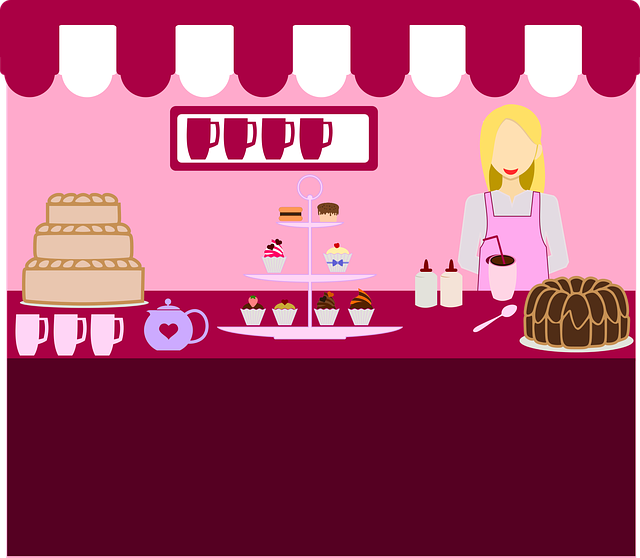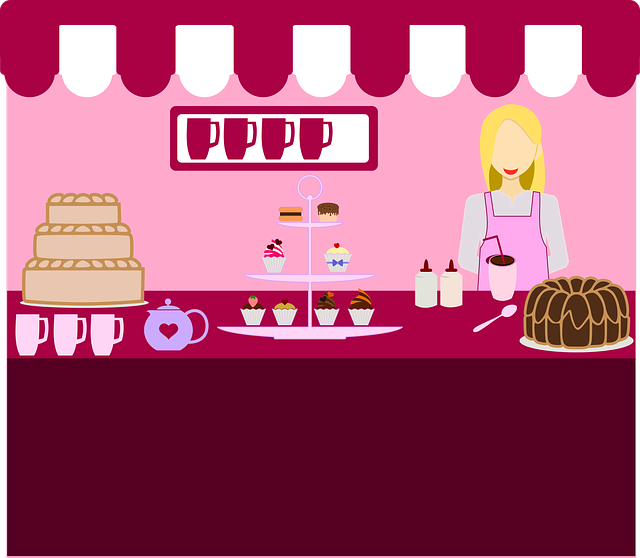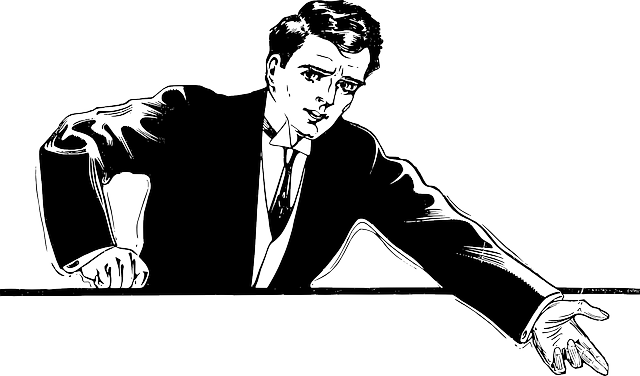Effective translation of UK art catalogs and exhibition brochures requires a deep understanding of cultural nuances, historical context, and artistic terminology. Top-quality translations preserve authenticity, engage global audiences, and foster a worldwide community of art lovers. Native speakers, linguistically skilled linguists, and visual sensitivity are crucial for accurate translations that capture idiomatic expressions, regional variations, and artistic integrity. Specialized translation services use advanced tools, maintain consistency, and ensure cultural relevance to deliver accessible yet authentic resources for international audiences. Collaboration with reputable firms guarantees high-quality translations tailored to specific needs while preserving the artistic vision and message.
In the realm of cultural exchange, accurate and engaging translations are paramount, especially for UK art catalogs and exhibition brochures. This comprehensive guide explores essential aspects of translation services, from navigating cultural nuances to leveraging technology. We delve into the role of native speakers in quality assurance, visual element incorporation, technical precision, audience adaptation, consistency maintenance, and building trustworthy partnerships with service providers. By embracing these strategies, you ensure that your art translations captivate global audiences.
- Understanding Cultural Nuances for Accurate Translations
- The Role of Native Speakers in Quality Assurance
- Incorporating Visual Elements in Art Catalog and Brochure Translation
- Technical Precision: Dealing with Art-Specific Terminology
- Adapting Content for Different Audiences and Markets
- Maintaining Consistency Across Multiple Documents
- Utilizing Technology for Efficient Translation Process
- Editing and Proofreading: Polishing the Final Translation
- Building Trustworthy Partnerships with Translation Service Providers
Understanding Cultural Nuances for Accurate Translations

When translating UK art catalogs or exhibition brochures, it’s crucial to go beyond mere word-for-word substitutions. Effective translation requires a deep understanding of cultural nuances and context. Art, after all, is not just about language; it’s about emotion, history, and symbolism. A skilled translator must grasp these subtleties to convey the intended artistic message accurately.
For instance, colors, metaphors, and even specific art terms carry different connotations across cultures. What seems like a simple color description in English might have a richer or different meaning in another language. Similarly, artistic references or historical events woven into the text must be translated with care to maintain their impact and authenticity. UK art catalog and exhibition brochure translation services that excel in this area ensure that readers worldwide can fully appreciate and engage with the art being presented, fostering a global community of art lovers.
The Role of Native Speakers in Quality Assurance

The involvement of native speakers is an indispensable step in ensuring the highest quality translations, especially for niche markets like UK art catalogs and exhibition brochures. These documents demand precision and cultural sensitivity to convey artistic concepts effectively. Native speakers, immersed in their language’s nuances, can catch subtle errors or misinterpretations that might go unnoticed by non-native translators. They possess a deep understanding of idiomatic expressions, literary devices, and regional variations, all of which are crucial for translating art-related content accurately.
In the context of UK art catalogs and exhibition brochures, native speakers from the target audience can validate the translation’s aesthetic and artistic value. They ensure that the translated text resonates with readers, maintaining the original intent and charm. This step is vital for engaging potential art enthusiasts and collectors who rely on these publications to explore and appreciate artistic endeavors.
Incorporating Visual Elements in Art Catalog and Brochure Translation

When translating UK art catalogs and exhibition brochures, visual elements play a crucial role in maintaining the original impact and engaging the audience. Text is just one aspect; images, artwork, and design layouts are integral to conveying the artistic vision. Professional translation services understand this dynamic and employ linguists with not only linguistic proficiency but also a keen eye for aesthetics.
The process involves meticulously matching text with corresponding visuals, ensuring cultural sensitivity in representation and maintaining the overall visual flow. This requires a deep understanding of both art historical contexts and cultural nuances across languages. By bridging the gap between language and design, these translation services deliver materials that captivate international audiences, making them accessible while preserving their artistic integrity.
Technical Precision: Dealing with Art-Specific Terminology

In the realm of art, precision is paramount, especially when it comes to translations for UK art catalogs and exhibition brochures. Art is a field rich in specialized terminology, from “impasto” to “saccade,” each term carrying nuanced meanings that significantly impact how an artwork is perceived. When translating such documents, language professionals must possess a deep understanding of artistic concepts and the ability to accurately convey these technical terms.
Art-specific terminology often defies direct translation, as words can have multiple connotations or no exact equivalents in other languages. Skilled translators for UK art catalogs and exhibition brochures must navigate this labyrinthine landscape by consulting with artists, curators, and art historians to ensure that every term is rendered accurately and contextually appropriately. This meticulous approach guarantees that the integrity of artistic expression is preserved across languages, fostering a global appreciation for the arts.
Adapting Content for Different Audiences and Markets

In the realm of translation, understanding your audience is key to delivering an engaging message. When it comes to UK Art Catalogs and Exhibition Brochures Translation Services, tailoring content for specific markets involves more than just language adaptation. It requires a deep grasp of cultural nuances and artistic terminology unique to each region. For instance, translating an art catalog for a UK audience might involve explaining art movements or artists’ styles that are particularly relevant to British art history.
This process ensures that the translated material resonates with local viewers, enhancing their appreciation of the art rather than creating confusion. Similarly, exhibitions often have themes that speak to specific cultural interests. Translation services should thus aim to capture these subtleties, whether it’s emphasizing certain artistic traditions in a way that aligns with local tastes or incorporating references familiar to the target market. This level of adaptation not only makes the content more accessible but also adds value by fostering a deeper connection between the art and its audience.
Maintaining Consistency Across Multiple Documents

In the realm of professional translation, especially for documents like UK art catalogs and exhibition brochures, maintaining consistency is paramount. This involves adhering to a unified style guide that ensures terms, phrases, and formatting remain consistent across all translated materials. For instance, if a specific term or phrase is used in one document, it should be retained with the same translation in subsequent publications. Consistency not only enhances readability but also reinforces brand identity, especially for art-related content where aesthetic and conceptual coherence are crucial.
For UK art catalogs and exhibition brochures, translation services must capture not just the linguistic nuances but also the artistic essence. This means translating descriptions, artist biographies, and even captions with a deep understanding of the cultural context. By maintaining consistency in both language and tone, these documents can effectively engage their target audiences, ensuring that the artistic vision and message remain intact, regardless of the language spoken by the reader.
Utilizing Technology for Efficient Translation Process

In today’s globalized world, technology plays a pivotal role in ensuring accurate and engaging translations. For specialized content like UK Art Catalogs and Exhibition Brochures, translation services can greatly benefit from advanced tools and platforms. Machine translation software, for instance, has made significant strides, offering faster and more precise results than ever before. These tools utilize artificial intelligence to analyze text, context, and cultural nuances, producing high-quality translations tailored to the target audience.
Moreover, technology facilitates seamless collaboration between translators, editors, and clients. Cloud-based translation memories and terminologies databases enable consistent terminology use and improve efficiency. This is particularly valuable for art and exhibition materials, where maintaining artistic integrity and precise descriptions across different languages is essential. By leveraging these technological advancements, translation services can deliver top-notch results, ensuring that UK Art Catalogs and Exhibition Brochures resonate with international audiences in a compelling and accurate manner.
Editing and Proofreading: Polishing the Final Translation

Editing and proofreading are crucial steps in ensuring accurate and engaging translations, especially for professional documents like UK art catalogs and exhibition brochures. This meticulous process involves a thorough review of the translated text to catch any grammatical errors, inconsistencies, or cultural misunderstandings that may have occurred during the initial translation phase. Professional translators often work closely with native speakers or subject matter experts to perfect the final output, guaranteeing that the translated document reads fluently and engages its intended audience.
In the context of UK art catalogs and exhibition brochures, these services are essential for maintaining the integrity of artistic descriptions and ensuring they resonate with international audiences. Accurate translations not only preserve the original meaning but also convey the essence of the artwork, making the catalog or brochure a compelling resource for collectors, curators, and art enthusiasts worldwide.
Building Trustworthy Partnerships with Translation Service Providers

Building trustworthy partnerships with translation service providers is paramount for businesses, especially those dealing in specialized content like UK art catalogs and exhibition brochures. When selecting a translation partner, it’s crucial to verify their expertise and experience in your industry. Look for companies that have a proven track record of delivering high-quality translations tailored to your specific needs. Reputable firms will employ native speakers and subject matter experts to ensure accuracy and cultural relevance.
A reliable translation service provider should also offer transparency throughout the process. Clear communication, detailed project quotes, and timely updates are signs of professionalism. Additionally, they should adhere to strict quality control measures, including proofreading and editing checks. This ensures that your art catalogs and exhibition brochures are not only accurately translated but also maintain their artistic and cultural integrity.
In the realm of UK art catalog and exhibition brochure translation services, meticulous attention to cultural nuances, native speaker involvement, and adherence to technical precision are non-negotiable. By integrating visual elements seamlessly, adapting content for diverse audiences, and employing technology effectively, professional translators ensure accurate and engaging translations that resonate across markets. Building trustworthy partnerships with specialized providers is key to delivering exceptional results, thereby enhancing the global reach and impact of art and cultural offerings.



